CARING WITH FAMILY
|
| The level of love and attachment displayed by dogs towards their family members or familiar individuals can vary based on their breed. Certain breeds often appear more reserved and may show a degree of aloofness towards everybody except their owner whereas others are renowned for their amiable and sociable nature towards everyone they are acquainted with. It is worth noting that individual dogs within a specific breed can also possess distinct personalities and temperaments. |
LOVE WITH CHILDREN
Unwise
Good With Children
|
| The level of tolerance and patience exhibited by different dog breeds towards children can vary. It is essential to remember that dogs should always be supervised when around young children or children who have little exposure to dogs. However, some breeds are generally known to be more family-friendly and have a higher tolerance for children's behavior. |
BEHAVIOR WITH DOGS
Unwise
Good With Other Dogs
|
| The friendliness of a breed towards other dogs generally determines their ability to interact and be introduced to fellow canines. Nonetheless, it is essential to oversee these interactions and introductions for all dogs regardless of breed both at home and in public. |
SHEDDING LEVELS & MANAGEMENT
No Shedding
Hair Everywhere
|
| The breed's shedding habits dictate the amount of fur and hair they leave behind impacting maintenance requirements. Breeds with high shedding will need frequent brushing, are more likely to provoke allergies and will necessitate regular vacuuming and lint-rolling. |
COAT GROOMING STANDARDS
|
| Take into account the frequency at which a particular breed necessitates bathing, brushing, trimming, and other forms of coat upkeep. When assessing the grooming requirements, it's vital to consider the availability of time, level of patience and financial resources you can allocate to this kind of maintenance. It's important to note that all breeds require periodic nail trimming. |
DROOLING INTENSITY
Less Likely to Drool
Always Have a Towel
|
| Consider the level of drooling that a breed typically exhibits. If cleanliness is a priority for you, then breeds that tend to leave trails of saliva on your arm or create noticeable wet patches on your clothing may not be suitable options. |
COAT STYLES GUIDE |
| Double |
| COAT SPECTRUM |
| Medium |
FRIENDLINESS
Reserved
Everyone Is My Best Friend
|
| Evaluate the breed's inclination towards strangers and their level of friendliness. Keep in mind that certain breeds may exhibit reserved or cautious behavior around unfamiliar individuals, regardless of the setting. On the other hand, some breeds are generally eager and open to meeting new people whenever the opportunity arises. |
LIVELINESS
Only When You Want To Play
Non-Stop
|
| Consider the breed's enthusiasm towards play, even as they age beyond puppyhood. Certain breeds maintain a strong desire to engage in activities such as tug-of-war or fetch well into their adult years. They may display a high level of energy and interest in play. However, other breeds are more inclined to relax and enjoy quieter activities, such as lounging on the couch with their owners, for a significant portion of their time. |
VIGILANCE INTENSITY
What's Mine Is Yours
Vigilant
|
| Consider the breed's tendency to alert you to the presence of strangers. Some breeds are more prone to react and raise an alarm in response to any potential threat, whether it's the mailman or a squirrel outside the window. However, it's important to note that these breeds can still warm up to strangers who enter the house and are accepted by their family. |
ADAPTATION CAPACITY
Lives For Routine
Highly Adaptable
|
| Take into account a breed's adaptability to change. Some breeds are more flexible and able to handle various changes in living conditions, noise levels, weather conditions, daily schedules, and other variations in day-to-day life. These breeds tend to adjust well to new environments and experiences. However, other breeds may be more sensitive or resistant to change, requiring more time and support to acclimate to different circumstances. |
OBEDIENCE LEVEL
Self-Willed
Eager to Please
|
| Consider the ease of training and the willingness to learn new things when choosing a breed. Some breeds are known to be highly trainable and eager to please their owners. They are motivated by making their owners proud and are generally receptive to learning new commands and skills. On the other hand, some breeds may have a more independent nature, preferring to do things on their own terms. These breeds may require more patience, consistency, and creative training methods to achieve desired results. |
STAMINA LEVEL
|
| Consider the exercise and mental stimulation needs of a breed when making your choice. High-energy breeds require regular and vigorous physical activity. They possess a strong drive for running, jumping, and engaging in play throughout the day. These breeds thrive on regular exercise and mental challenges to help expend their energy. On the other hand, low-energy breeds are more laid-back and content with relaxed activities. They are often happy to lounge around and enjoy snoozing or leisurely walks. These breeds require less intense exercise and mental stimulation compared to their high-energy counterparts. |
VOCALIZATION
|
| Medium |
LEARNING CURIOSITY LEVEL
Happy to Lounge
Needs a Job or Activity
|
| Consider the mental stimulation needs of a breed when selecting the right one for you. Purpose-bred dogs or breeds with specific jobs often require regular mental exercises to stay happy and healthy. These dogs thrive on activities that engage their decision-making skills, problem-solving abilities, and concentration. Without sufficient mental stimulation, they may find their own ways to keep their minds busy, and these activities may not align with your preferences or desires. Providing appropriate mental challenges and enrichment is essential to ensure their well-being and prevent unwanted behaviors. |
| COLORS |
|
Description
|
Registration Code
|
|
Black
|
007
|
|
Blue Merle
|
050
|
|
Red
|
140
|
|
Red Merle
|
276
|
|
| PATTERNS |
|
Description
|
Registration Code
|
|
White Markings
|
014
|
|
Tan Points
|
029
|
|
White Markings, Tan Points
|
030
|
|
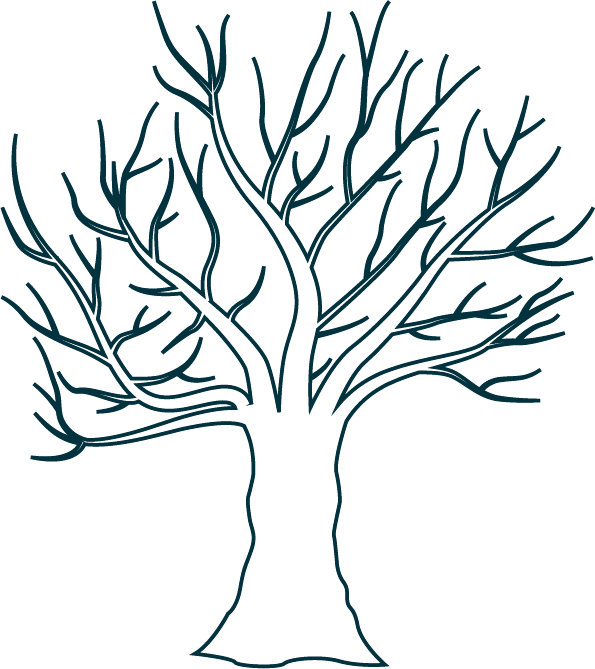


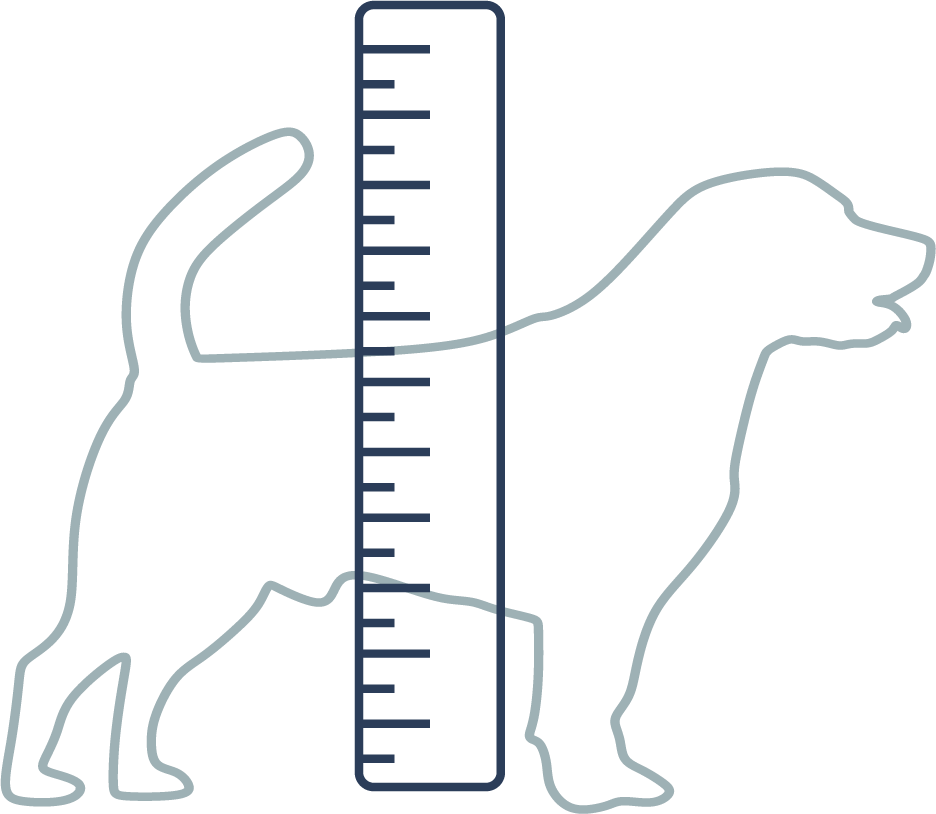


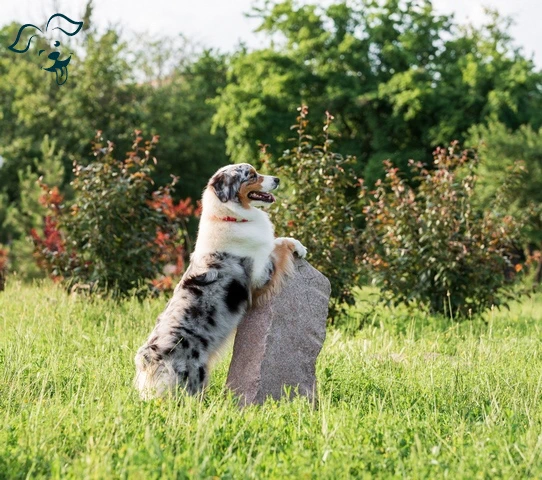
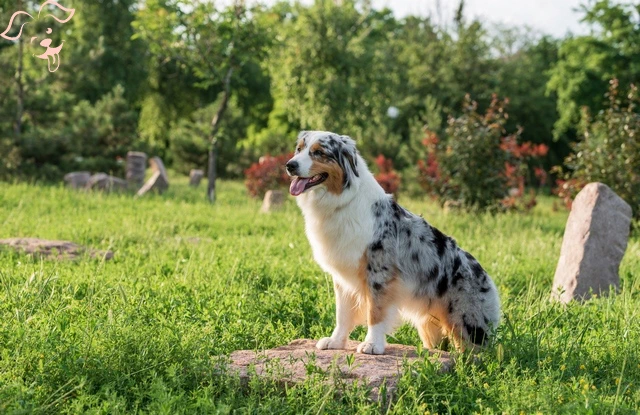
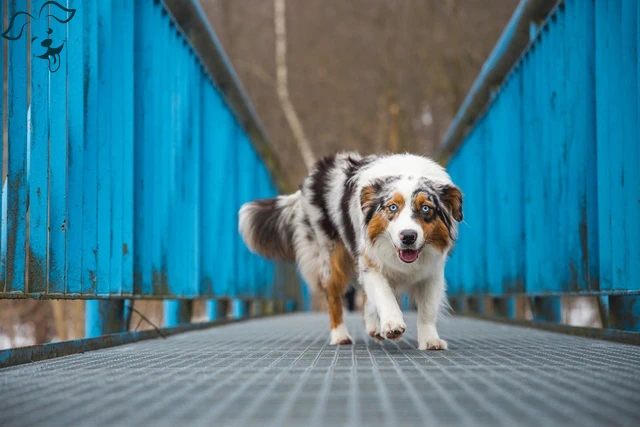
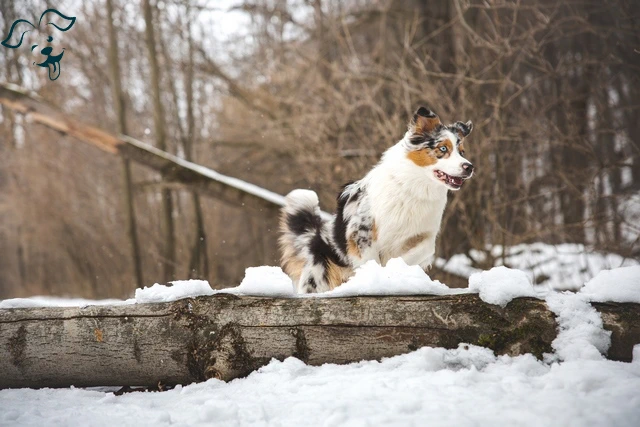







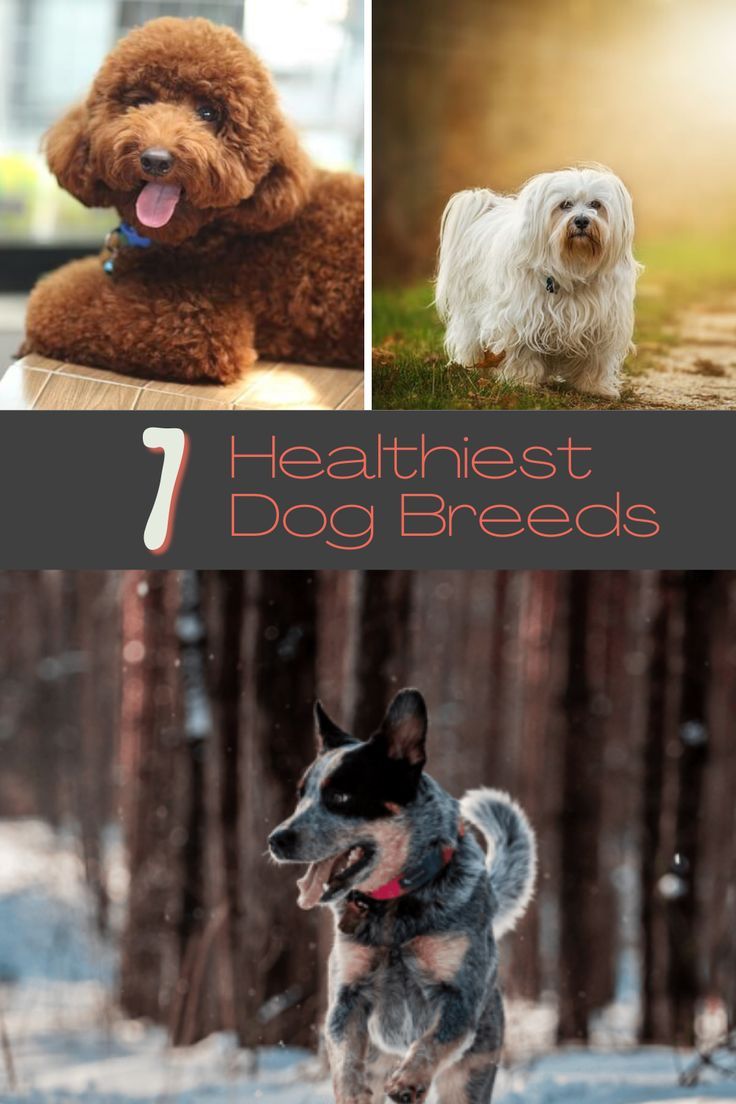

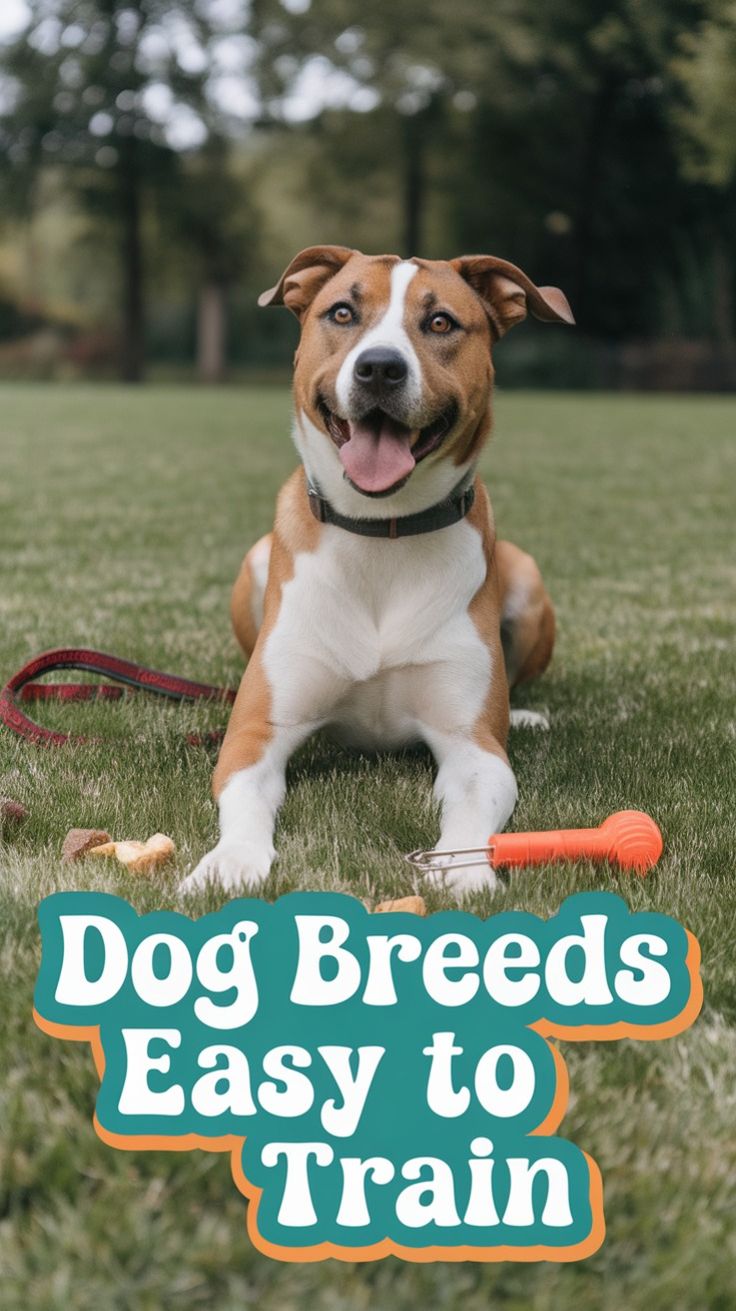
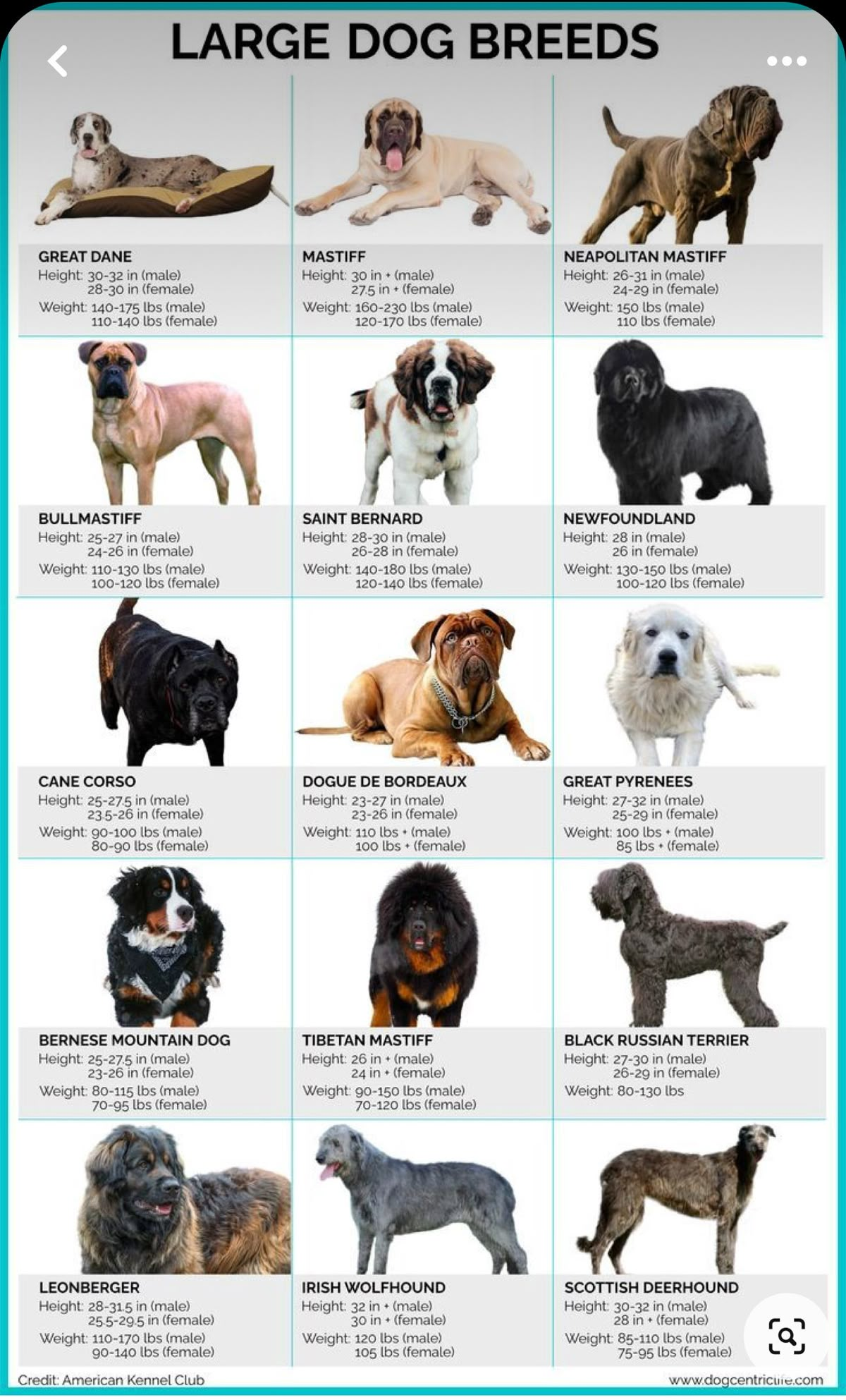

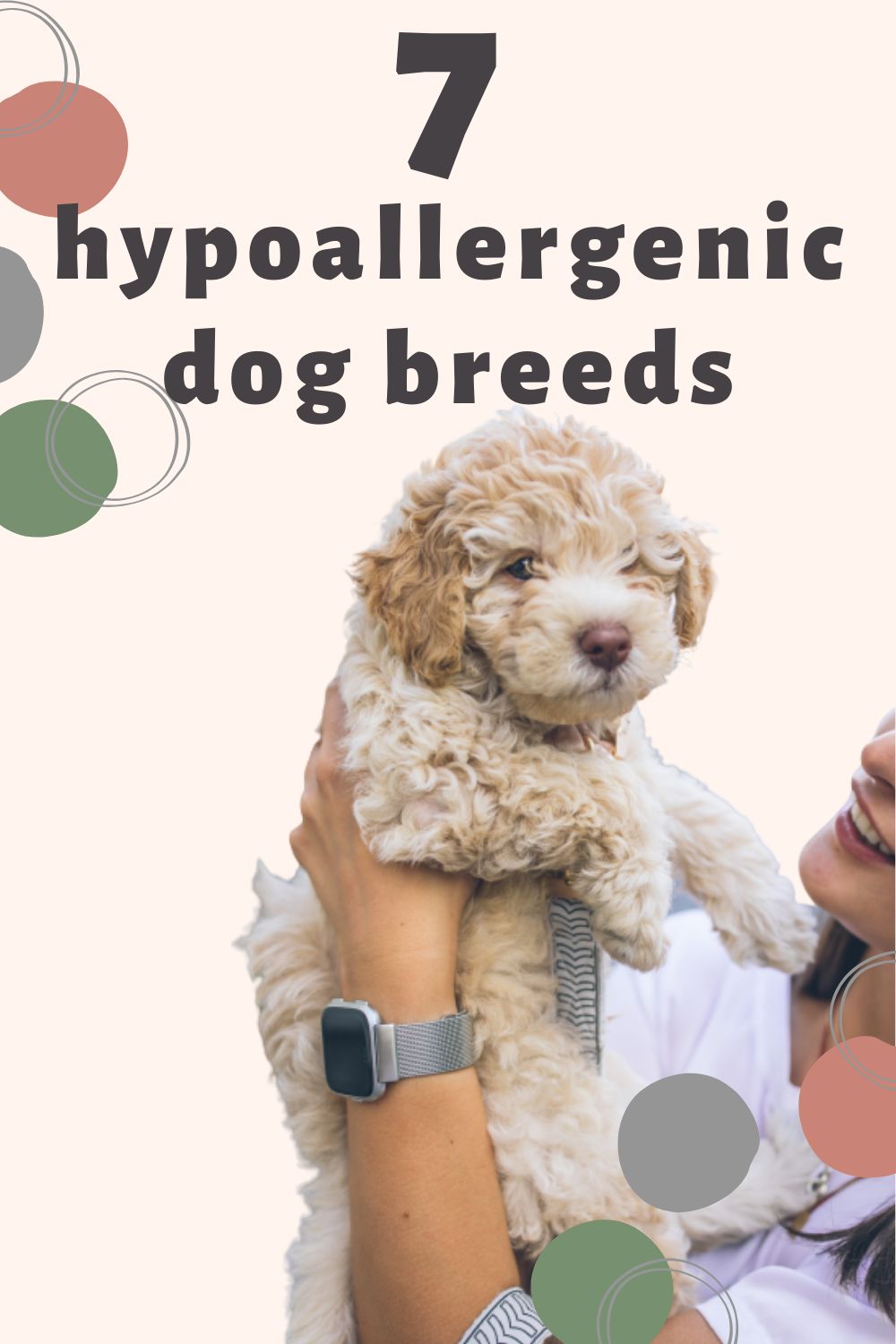
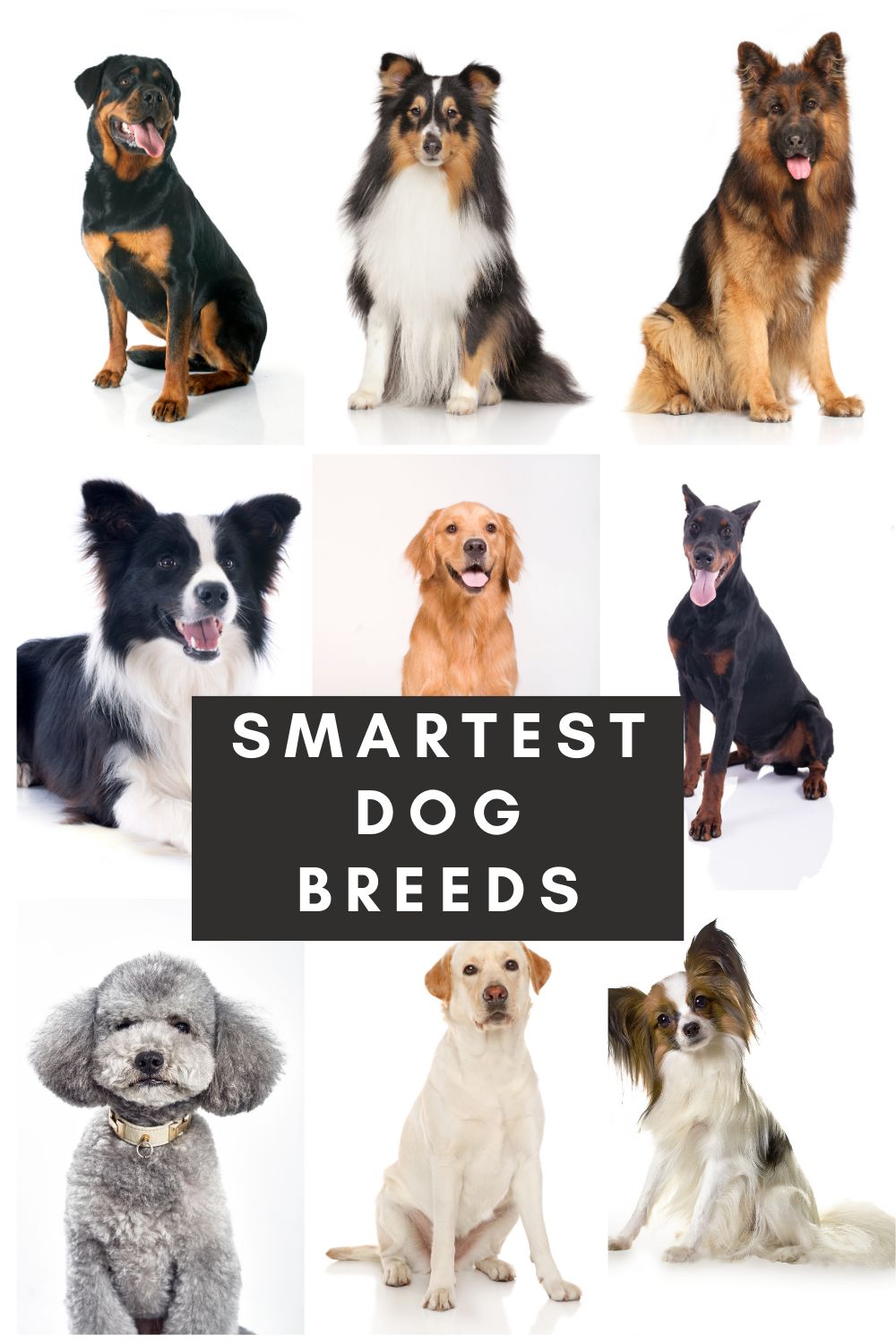



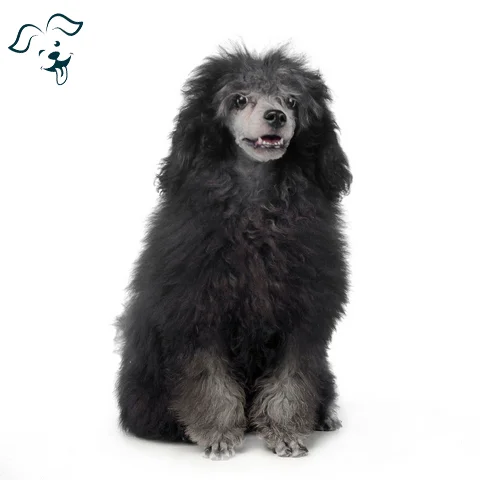

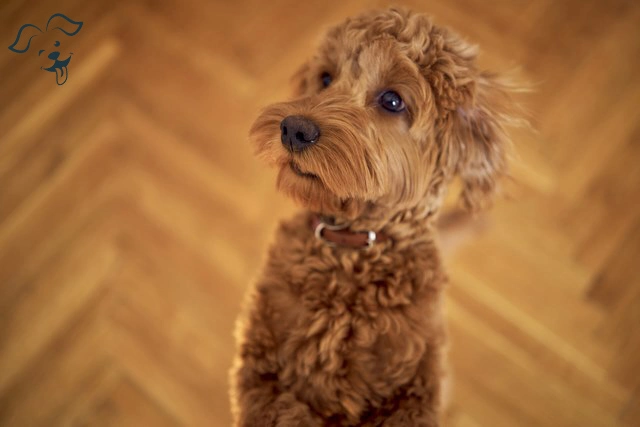
FRIENDLINESS
LIVELINESS
VIGILANCE INTENSITY
ADAPTATION CAPACITY